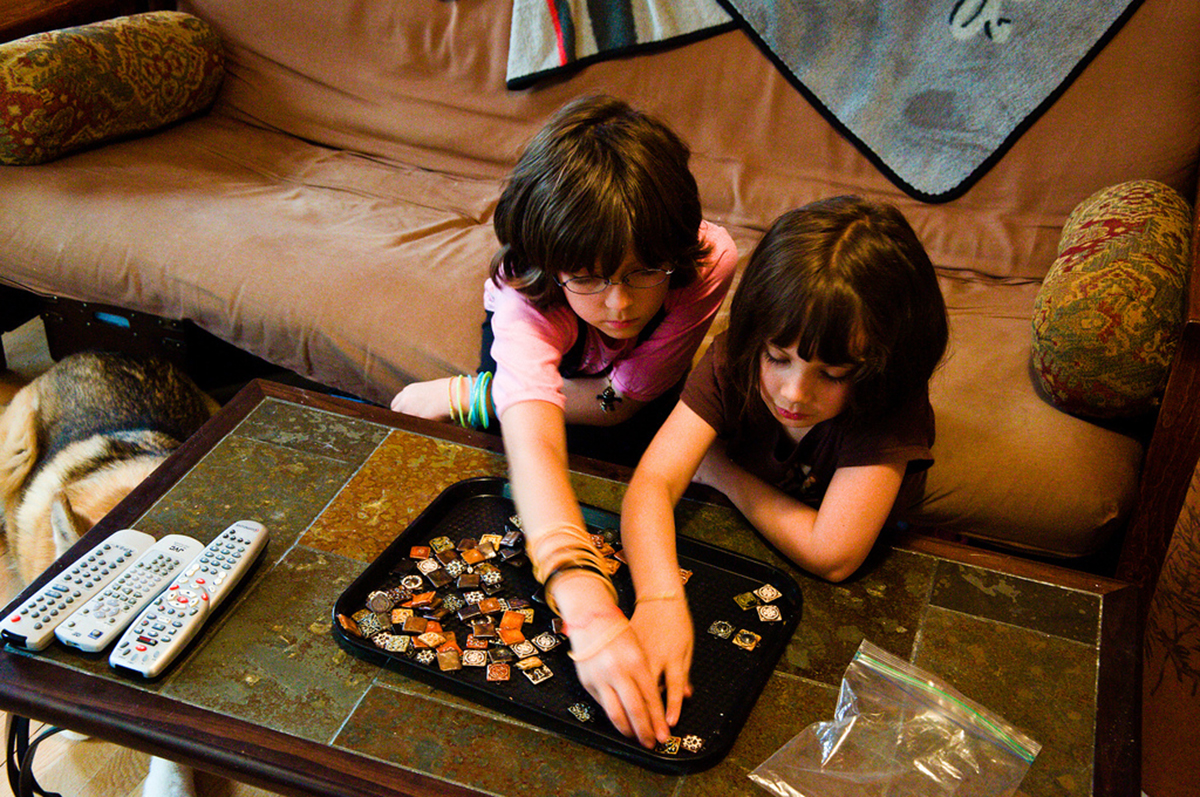Table of Contents
Obsessive Compulsive Disorder is something many people have heard of, but what is less well-known is that this disorder can also affect children. According to the International OCD foundation, one in 200 children in the United States suffer from Obsessive Compulsive Disorder. Recognizing how the disorder impacts a child's life is key to ensuring they can access the right treatment.

What Is Obsessive Compulsive Disorder?
Obsessive Compulsive Disorder is, simply said, a disorder that causes a person to suffer from obsessions and compulsions. Obsessions can be defined as preoccupations with certain things — like certain topics, but in the case of OCD also thoughts, germs, organization, symmetry, fears, and collecting items (hoarding). Compulsions are behaviors or actions that patients need to engage in over and over again, either a certain number of times or until they get it just "right".
While most adults with OCD are quite aware that these things are neither normal or rational, they still can't manage to break free from their behaviors just like that. Children with Obsessive Compulsive Disorder might be less aware that others don't have the same obsessions and compulsions. Similarly, some of the behaviors associated with OCD might be written off as normal child behavior by the adults in the child's life.
Don't many children want their rooms organized in a certain way, after all? Don't many kids like to play a game in which they can't step on the cracks between tiles?
The current version of the Diagnostic and Statistical Manual of Mental Disorders, the DSM-5, includes several different related disorders in a chapter titled "Obsessive-Compulsive and Related Disorders". The diagnostic criteria for OCD itself are now as follows:
- The presence of either obsessions or compulsions is required. Obsessions need to cause anxiety or distress, and can't simply be a product of real-life experiences. In other words, worrying about things that are actually happening — like bullying or financial trouble — doesn't count. The person tries to suppress obsessions, but is unsuccessful.
- Compulsions are the result of obsessions (like a worry about germs), or self-devised rigid rules. These actions are designed to prevent or reduce distress or to stop bad things from happening — but aren't connected to the things they are aimed at preventing in any realistic way.
- The DSM requires adults to recognize their behaviors are excessive or unreasonable, but that requirement does not apply to children.
See Also: What is OCD?
- The behaviors take up at least an hour of the person's time every day, cause significant distress, or interfere with the person's daily life.
- The OCD-like behaviors can't completely coincide with the symptoms of another disorder in the same chapter, like hair-pulling or body dysmorphic disorder, if the diagnosis of OCD is to be made.
- Symptoms can't be explained by medication use or another general medical disorder.
- Photo courtesy of Mitch Altman by Flickr : www.flickr.com/photos/maltman23/4992892688
- Photo courtesy of Benjamin Watson by Flickr : www.flickr.com/photos/schnappischnap/8970250666

